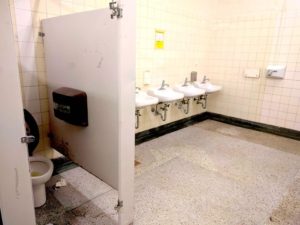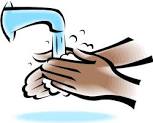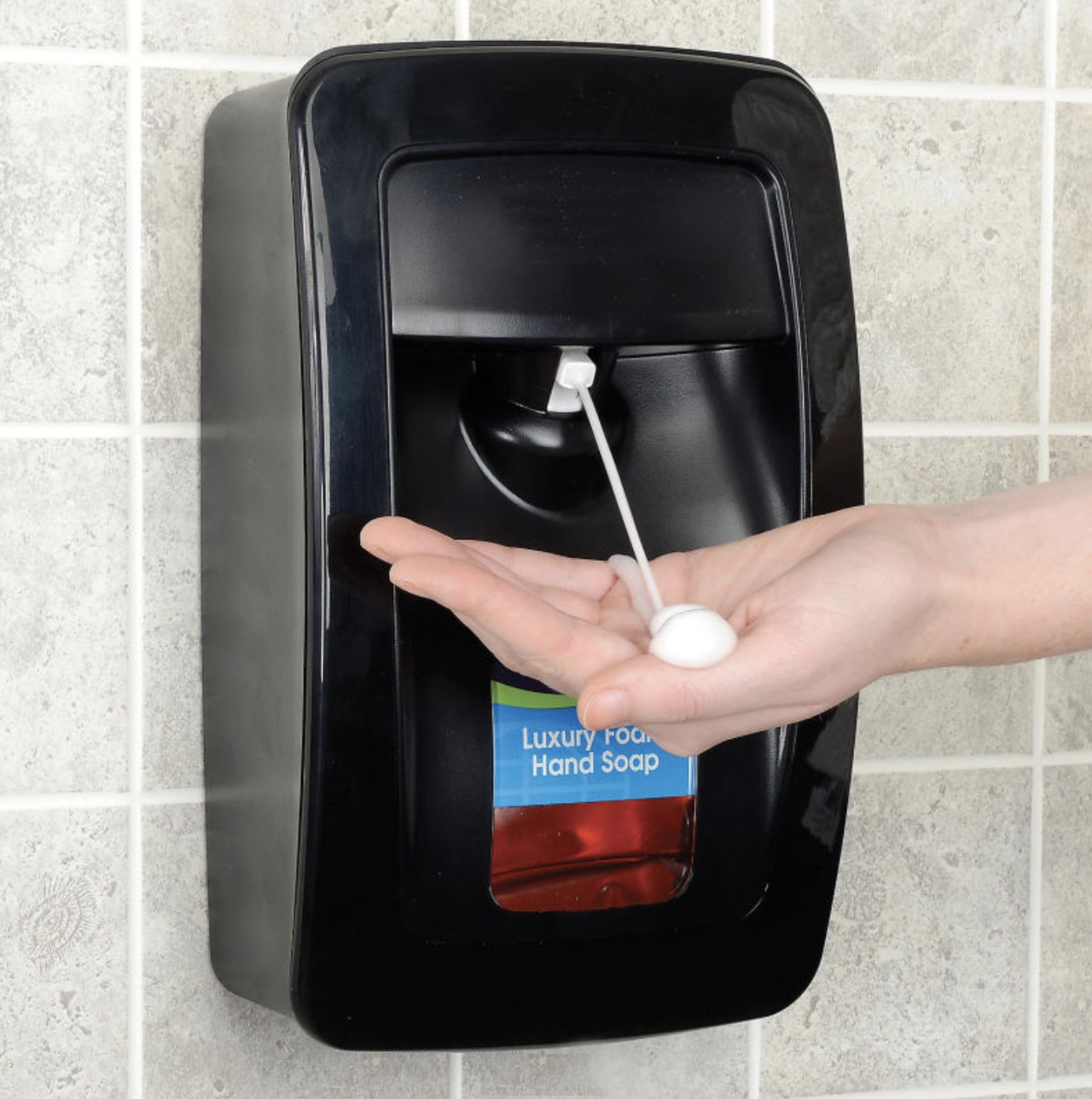What is the plan for September for Ontario’s 2-million elementary and high school students to safely resume in-person learning? Having experienced the longest interruption of face-to-face learning in Canada, Ontario’s children surely deserve to be prioritized by Premier Ford and Minister Lecce. As we’ve previously stated, we believe that the Ford government has:
- failed to implement sound, reasonable public health policy
- failed to communicate effectively
- failed to work collaboratively with stakeholders
- failed to listen to research, science, and experts
- failed to identify metrics for success on school safety
- failed to collect data to ensure safety metrics were achieved
- failed to make adequate, stable investments required
and in so doing, our provincial government has ultimately failed Ontario’s students and their families and our economy. Fix Our Schools sincere hope is that we will see a change in the approach of the Ford government as we head into the 2021/22 school year.
We read with interest the Ontario Science Table’s recent science briefing entitled, “School Operation for the 2021- 2022 Academic Year in the Context of the COVID-19 Pandemic” that was released on July 19, 2021. This science briefing emphasized that education is “children’s essential work”, that schools are of critical importance to students’ learning and overall well-being, and that in-person schooling is optimal for the vast majority of students.
The focus of the Fix Our Schools campaign continues to be ensuring safe, healthy, well-maintained school buildings that provide environments conducive to learning and working for all Ontario students, teachers, and education workers. With this lens in mind, we were struck by the attention given in the science briefing to special considerations required for rural, remote, and Indigenous communities; to indoor air quality (IAQ), achieved through proper ventilation and filtration; and to hand hygiene:
Indigenous Communities
The July 19th science briefing clearly acknowledged that, “for rural, remote, and Indigenous communities, the COVID-19 pandemic has presented additional distinctive and substantial challenges for education delivery which has expanded inequities”. Specific to school infrastructure, the science briefing highlighted the following points:
- Ensure clear accountability for education support whether through federal or provincial resources.
- Remote learning is less accessible, due to technological challenges, in these communities.
- Aging infrastructure, including older HVAC and supplemental ventilation/filtration systems in many remote First Nations, Métis, and Inuit communities may impact the ability to properly ventilate schools and ensure adequate air quality, particularly during local outbreaks and in the colder months when opening windows is not an option.
- Schools in remote, rural, and First Nations, Métis, and Inuit communities that do not meet the appropriate minimum ventilation guidelines from ASHRAE Standard 62.1-2019, should be prioritized for upgrades.
- Overcrowded education infrastructure in some remote First Nations, Métis, and Inuit communities could make preventative measures such as cohorting and physical distancing difficult and could result in the need to shift to remote learning in some instances, further contributing to high rates of disengagement. Appropriate resources should be provided to ensure adequate space is available to support consistent in-person learning in these communities, and to ensure equitable access to digital learning resources.
Fix Our Schools must highlight that Canada’s federal government is responsible for First Nations School Infrastructure, and that even prior to the challenges of COVID-19, overcrowding, disrepair, and, unbelievably, something as essential as safe drinking water have all been issues that schools for Ontario’s Indigenous communities. Furthermore, our federal government was very late to provide what appears to have been grossly inadequate funding last summer for First Nations schools to be able to ensure a safe and effective reopening of schools in September 2020, amidst the COVID-19 pandemic.
Ontario First Nations group says federal back-to-school funding comes too late for remote communities https://t.co/7wBeTastGP
— The Globe and Mail (@globeandmail) August 27, 2020
With these realities as context, Prime Minister Trudeau, Carolyn Bennett, our federal Minister of Crown-Indigenous Relations, and Marc Miller, our federal Minister of Indigenous Services must prioritize education and schools for all Indigenous Peoples for a safe return to school for September 2021.
Indoor Air Quality (IAQ)
As stated in the July 19th science briefing, “given the importance of indoor air quality for overall health and learning, achieving adequate ventilation in schools is an important investment to support improved health, academic performance and to assist in preventing the spread of several infectious diseases.”
The recommendations for achieving and maintaining adequate air quality through ventilation and filtration, as taken directly from the July 19, 2001 science briefing, are as follows:
- A systematic approach to identifying and prioritizing schools for ventilation upgrades should be undertaken. As a starting point, schools that do not meet the appropriate minimum ventilation guidelines from The American Society of Heating, Refrigerating and Air-Conditioning Engineers (ASHRAE) Standard 62.1-2019, should be prioritized for upgrades.
- Invest in school heating, ventilation, and air conditioning (HVAC) system infrastructure and regular maintenance. This is of particular importance in schools where the system does not support good indoor air quality. HVAC systems can be optimized for a variety of objectives which may change in priority depending on the context, e.g., COVID-19 pandemic, extreme cold/heat events.
- During the pandemic, HVAC system function has been recommended to be optimized for respiratory particle removal (e.g., use of the highest rated Minimum Efficiency Reporting Value (MERV) filter that can be accommodated by the system, regular inspection of filters assembly, routine replacement of filters). In consultation with experts in physical plant design, air exchange rate and outdoor air intake can be increased. The limits of what is possible may be dictated by thermal comfort, humidity, and outdoor air quality.
- Consideration can be given to increasing ventilation/filtration above the minimum ASHRAE guidelines, where possible, where more respiratory aerosols are likely to be generated (e.g., music room, auditorium, cafeteria, gymnasium).
- Additional strategies can be used to improve air quality while awaiting HVAC system upgrades including the use of available outdoor learning environments; the opening of windows; and the use of portable air cleaners with high efficiency particulate air (HEPA) filter units in classrooms may be considered in spaces/classrooms with limited ability to achieve adequate ventilation (i.e., unable to open windows, no/insufficient HVAC ventilation), taking into consideration the transmission risk (e.g., age, classroom activities, community epidemiology). Please see page 19-20 of the science briefing for detailed recommendations on portable air cleaners.
- Monitoring ventilation: It is important that HVAC and supplemental ventilation/filtration systems are regularly maintained and that measures are checked with the goal of optimization (e.g., air exchange rates, outdoor air intake, temperature, humidity). Carbon dioxide (CO2) levels can serve as a proxy measure for overall ventilation, but the CO2 level does not necessarily correlate with SARS-CoV-2 transmission risk. While CO2 monitoring has been suggested to be helpful when done properly, it requires expertise and communication and should not detract from ventilation upgrades.
Fix Our Schools urges the Ontario Science Table to acknowledge that all of these recommendations also require adequate, stable funding from the provincial government. And, while we agree that ventilation upgrades must be pursued immediately, we also must emphasize the importance of ultimately having in place:
- commonly defined and understood standards for indoor air quality (IAQ)
- acceptable tools and methods to ensure that all Ontario classrooms meet those IAQ standards
A July 20, 2021 Toronto Star article entitled, “What are Durham schools doing to improve ventilation, air quality for this fall?” outlines details on the ventilation and air-quality improvements that will be in place as students return to the classroom in four local school boards. Yet, readers are left wondering what these improvements have achieved in terms of outcomes of improved IAQ in classrooms.
Excellent news @DDSBSchools. I had a look on your web site but was unable to find any published information about the ventilation measurements you made in every classroom. Will you publish these measurements like NYC and Philadelphia districts did?https://t.co/xquDtexWbn pic.twitter.com/3ReZAgwJvt
— David Elfstrom (@DavidElfstrom) July 21, 2021
A July 15, 2021 Toronto Star article entitled, “Ontario is opening up for Step 3: What you need to know as you head inside to share air with strangers” also outlines steps being taken to improve the indoor air quality of businesses and public spaces. Yet, readers are left wondering what actually constitutes “acceptable” IAQ (i.e. standards). These gaps must be filled with standards and measurement tools.
Hand Hygiene
As the July 19th science briefing outlines, “routine, frequent and proper hand hygiene (soap and water or hand sanitizer) is important in limiting transmission and should continue to be encouraged in schools. Routine hand hygiene is also beneficial for the prevention of many other childhood infections that have the potential to disrupt school attendance (e.g., gastrointestinal viral illnesses).”
Fix Our Schools urges the Ontario Science Table to acknowledge that access to proper hand-washing facilities is wanting in many Ontario classrooms, as is illustrated in this video. Accessible, effective hand-washing facilities require adequate, stable funding from the provincial government, as does having sufficient caretakers in each school to ensure soap dispensers are filled in a timely manner.
There is much work to be done in to ensure schools are safe and healthy environments for all students, teachers and education workers – not only as the Ford government and the Trudeau government plan for and invest in a safe return to school this coming September, but for the long-term.



